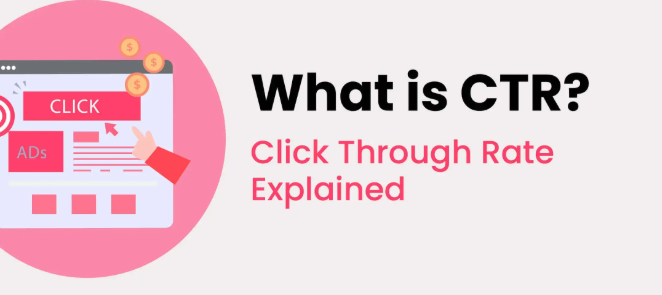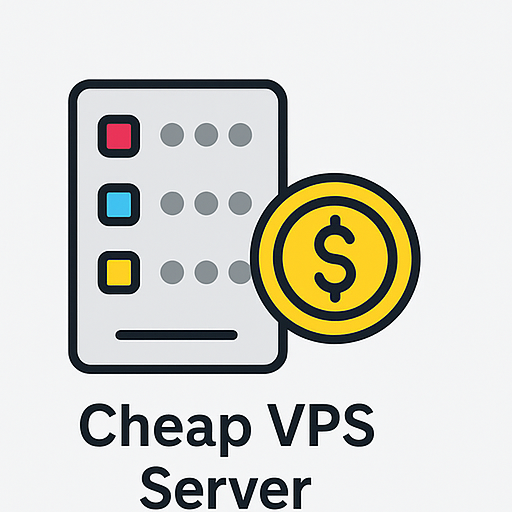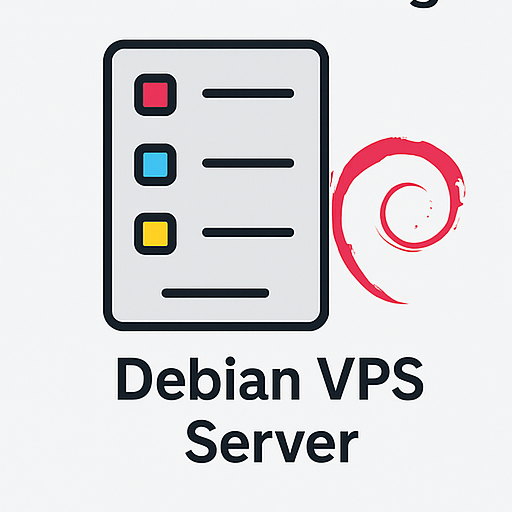
Click-Through Rate (CTR) is a critical metric in the world of SEO and digital marketing. It helps determine how attractive and engaging your website links are to internet users. The higher the CTR, the better your chances are at driving traffic and achieving your business goals.
What is CTR?
CTR stands for Click-Through Rate. It measures the ratio of users who click on a specific link compared to the number of total users who view a page, email, or advertisement. The formula is:

Need Affordable VPS Hosting
Starting From $3.99/Monthly
⚡ Fast Delivery | 🏅 25+ Data Centers
CTR = (Total Clicks / Total Impressions) x 100
For example, if your webpage appears 1000 times in search results and receives 50 clicks, your CTR would be 5%.
The Role of CTR in SEO
High CTR signals to search engines that your content is relevant to users. Even if your page ranks high in search results, it won’t matter unless users click on it. CTR directly influences:
- Visibility in search engines
- Organic traffic
- Conversion rates
Google considers CTR a ranking factor. Pages with higher CTRs are more likely to appear at the top of search results.
Difference Between CTR and Impressions
Impressions refer to the number of times your link appears in search results. CTR, on the other hand, indicates how often users actually click on that link. While impressions show visibility, CTR measures engagement.
How to Calculate CTR
To calculate CTR:

Windows VPS Hosting
Remote Access & Full Admin
- Count the total number of clicks on a link.
- Divide by the number of times the link was shown (impressions).
- Multiply by 100 to get the percentage.
Tools like Google Search Console can help track this data easily.
Types of CTR
- Organic CTR: Clicks that come from unpaid search results.
- Paid CTR: Clicks that result from paid ads, such as PPC campaigns.
Why CTR Matters in SEO
A higher CTR means:
- Better engagement from search users
- Stronger signal to search engines
- Increased potential for conversions and revenue
It also helps assess the effectiveness of your meta titles and descriptions.
Strategies to Improve CTR
- Write Compelling Meta Titles and Descriptions: Use action words, questions, or numbers.
- Use Structured Data: Enable rich snippets for more visual results.
- Leverage Emotional Triggers: Use power words to make your titles more attractive.
- Include Your Target Keyword: Ensure it’s visible in the meta title and description.
- Use Brackets or Parentheses: Studies show these improve CTR.
- Test Different Title Formats: A/B testing can help you find what works best.
- Optimize URL Structure: Clean, readable URLs improve trust and CTR.
CTR vs. Paid Traffic
| Feature | Organic Traffic | Paid Traffic |
|---|---|---|
| Cost | Free | Paid per click |
| Longevity | Long-term | Short-term |
| Trust Factor | High (earned) | Lower (sponsored) |
| CTR Impact | Affects SEO | Affects Ad Budget |
Using Google Search Console to Improve CTR
Google Search Console is a powerful tool to:

Reliable Linux VPS Hosting
Perfect for Developers
- Analyze CTR for individual pages
- Identify high-impression but low-CTR pages
- Optimize titles and descriptions accordingly
Summary
CTR is a vital SEO metric that not only reflects the appeal of your listings but also directly impacts your rankings and traffic. By focusing on user behavior and optimizing meta content, you can improve CTR and achieve better SEO performance.
FAQs About CTR
What is a good CTR? It varies by industry, but for organic search, a CTR above 3% is considered decent.
Can CTR be manipulated? While some may try to artificially boost CTR, search engines are adept at identifying fraudulent clicks.
Does CTR alone determine ranking? No, but it is an important signal among many, including backlinks, content quality, and page speed.
How often should I review CTR? Regularly monitor it via Google Search Console, ideally once a month.
Is CTR more important than impressions? Both are important. Impressions show reach; CTR shows engagement. A balance of both is ideal.
By understanding and optimizing your CTR, you take a crucial step toward higher visibility, better traffic, and increased conversions on your website.

